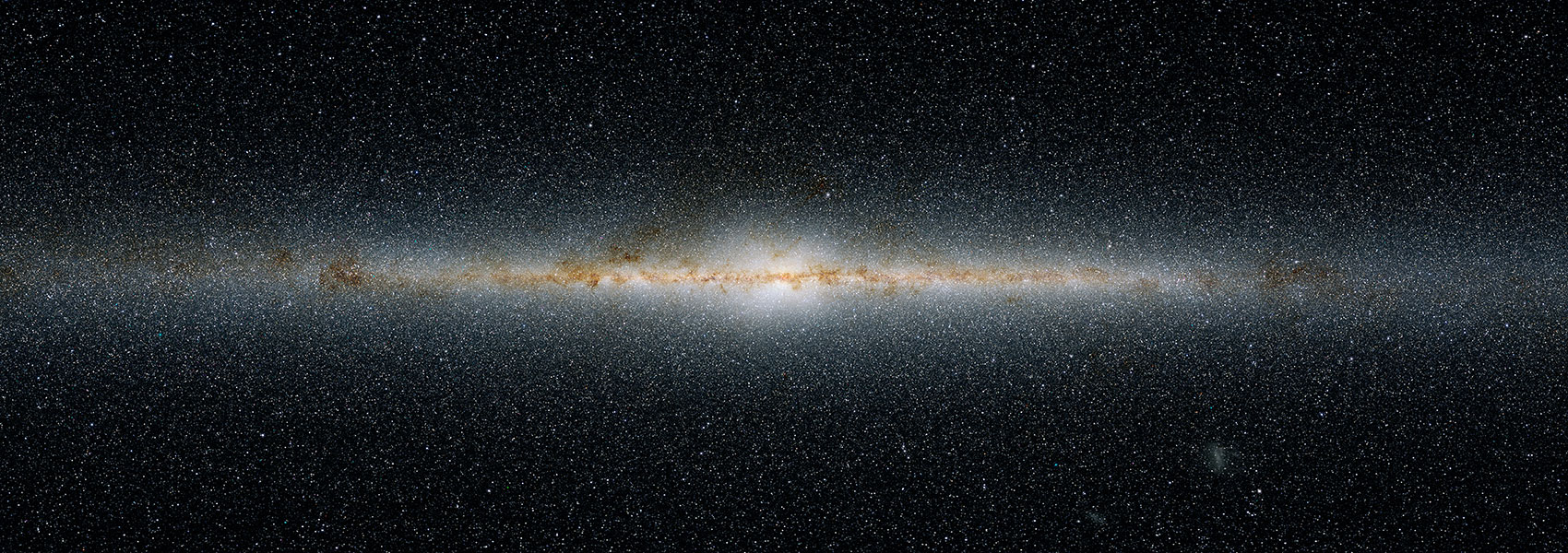February
2025
•
2025ApJ...979..215T
Authors
•
Tanaka, Takumi S.
•
Silverman, John D.
•
Ding, Xuheng
•
Jahnke, Knud
•
Trakhtenbrot, Benny
•
Lambrides, Erini
•
Onoue, Masafusa
•
Andika, Irham Taufik
•
Bongiorno, Angela
•
Faisst, Andreas L.
•
Gillman, Steven
•
Hayward, Christopher C.
•
Hirschmann, Michaela
•
Koekemoer, Anton
•
Kokorev, Vasily
•
Liu, Zhaoxuan
•
Magdis, Georgios E.
•
Renzini, Alvio
•
Casey, Caitlin
•
Drakos, Nicole E.
•
Franco, Maximilien
•
Gozaliasl, Ghassem
•
Kartaltepe, Jeyhan
•
Liu, Daizhong
•
McCracken, Henry Joy
•
Rhodes, Jason
•
Robertson, Brant
•
Toft, Sune
Abstract
•
Our knowledge of relations between supermassive black holes and their host galaxies at z ≳ 1 is still limited, even though being actively sought out to z ∼ 6. Here, we use the high resolution and sensitivity of JWST to measure the host galaxy properties for 107 X-ray-selected type-I active galactic nuclei (AGNs) at 0.68 < z < 2.5 with rest-frame optical/near-infrared imaging from COSMOS-Web and PRIMER. Black hole masses ( ) are available from previous spectroscopic campaigns. We extract the host galaxy components from four NIRCam broadband images and the Hubble Space Telescope/Advanced Camera for Surveys F814W image by applying a 2D image decomposition technique. We detect the host galaxy for ∼90% of the sample after subtracting the unresolved AGN emission. With host photometry free of AGN emission, we determine the stellar mass of the host galaxies to be through spectral energy distribution fitting and measure the evolution of the mass relation between SMBHs and their host galaxies. Considering selection biases and measurement uncertainties, we find that the MBH/M*ratio evolves as thus remains essentially constant or exhibits mild evolution up to z ∼ 2.5. We also see an amount of scatter ( ), similar to the local relation and consistent with low-z studies, and a noncausal cosmic assembly history where mergers contribute to the statistical averaging toward the local relation is still feasible. We highlight improvements to come with larger samples from JWST and, particularly, Euclid, which will exceed the statistical power of current wide and deep surveys.
Links




